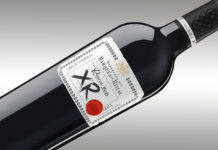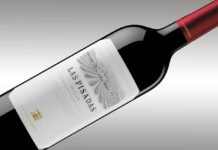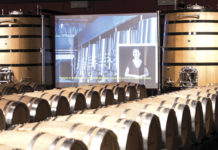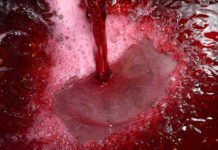The current state of affairs of D.O.Ca. Rioja presented in the 2015 annual report points to positive progress at a time when significant changes are taking place. “Rioja is at a crucial stage in its history,” says Control Board president José María Daroca. “It is in the midst of an expansion in international markets and faces major challenges in giving an innovative impetus to its evolution with the goal of achieving a better position and increasing the value of the wines. These are concerns shared a vast majority of the industry.”
On the tenth anniversary of the implementation of the Rioja 2005-2020 Strategic Plan, which marked a roadmap for us to “turn Rioja into one of the key regions for quality wines in the global marketplace,” sales have reached a new record, but the positive thing is that they have grown in value. The grape harvest was superb both quantitatively and qualitatively. The Designations of Origin Act passed in June 2015 provided the necessary legal framework for a system of self-regulation and an organizational model for Rioja. In view of the threat of a significant devaluation of the D.O. posed by the application from January 2016 of the new European planting authorisation scheme, the Rioja wine sector has planned its productive potential through a regulated increase of vineyard surface area during the period 2016-2018.
It has also been a year of renewal of the Control Board presidency, now occupied by a representative of the cooperatives in accordance with an agreement reached within the producing sector for this mandate. For José María Daroca, “being at the forefront of the Control Board is a historic landmark for cooperatives. This presidency will give greater visibility to the cooperative sector, which has played a key role in the development of Rioja in the last half-century and a major social role for its contribution to maintaining family economies in rural areas.”
This 80 page report provides comprehensive information on the current state of the Control Board and the activities it has carried out. It describes the composition and functioning of the institution’s management and control bodies, a summary of the most important decisions made by the Plenary and details on the use of the financial resources that fund the Board. In a prominent position are the activities of the Administration Service and the Controlling Body with regard to quality control, origin and ageing of wines, as well as a summary of the promotional activities carried out by the Control Board throughout the year. The report also includes information about the wine approval process and statistics on production and processing of the 2015 harvest, as well as the most significant details on vineyards, wineries, marketing, etc., all of which provides an overview of the progress of the D.O.Ca. Rioja in the last year and its current situation, making this compendium a useful reference work, available in PDF format on the official website of the Control Board www.riojawine.com.












